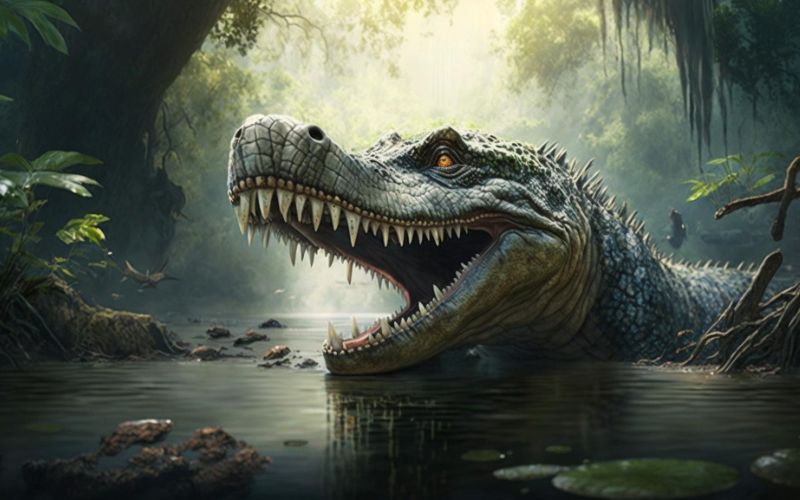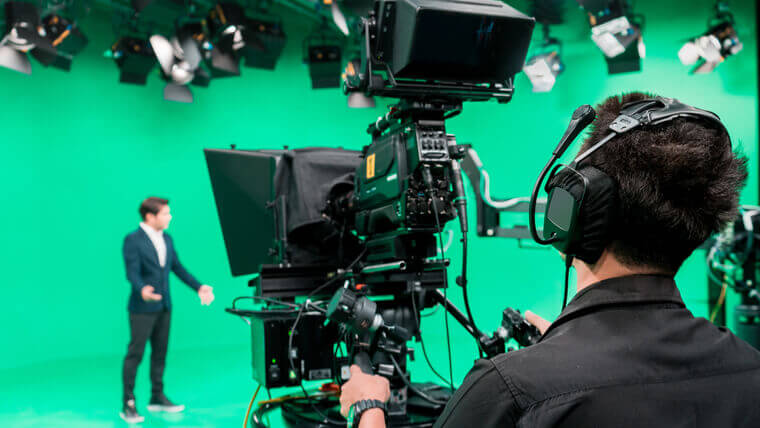Visual effects, or VFX, have become an integral part of modern filmmaking, seamlessly blending the real world with fantastical elements. One crucial aspect of creating stunning VFX is understanding typology – the classification and study of visual effects techniques. In this comprehensive guide, we will delve into the world of typology in VFX, exploring its various categories and their applications in filmmaking.
Overview :Typology in VFX
Typology in VFX encompasses a wide range of effects and techniques, each serving a specific purpose in visual storytelling. From simple compositing to complex simulations, typology categorizes these techniques for easier comprehension and implementation. By understanding typology, VFX artists can effectively select and combine different techniques to achieve the desired visual impact.
If you are seeking to develop your expertise in this field, you may need to explore the offerings of a VFX training institute in Kolkata, if you are residing in Kolkata.
Categories Of Typology In VFX
1. Compositing
Compositing involves layering multiple visual elements or images to create a cohesive final image. This technique is often used to integrate CGI (computer-generated imagery) with live-action footage, allowing for seamless interaction between real and virtual elements. It is essential for achieving realistic VFX scenes, such as adding futuristic cityscapes to urban environments or incorporating mythical creatures into natural landscapes.
2. Matte Painting
Matte painting is a traditional VFX technique that involves creating realistic landscapes or environments through digital or hand-painted artwork. These paintings are then integrated into the film to expand or enhance the existing set, often producing breathtaking vistas, alien worlds, or historical settings that would be impractical or impossible to build physically.
3. Animation
Animation in VFX encompasses a wide range of techniques, including traditional 2D animation, 3D character animation, and motion capture. Whether bringing fantastical creatures to life or animating complex machinery, this category of typology is essential for creating dynamic and engaging visual effects.
4. Simulations
Simulations are used to replicate natural phenomena and physical forces, such as fire, water, smoke, and explosions. By leveraging sophisticated software, VFX artists can accurately simulate these elements, adding realism and spectacle to cinematic sequences.
From creating raging infernos to massive tsunami waves, simulations enhance the visual impact of VFX scenes.
5. Modeling and Texturing
Modeling involves creating 3D digital models of characters, creatures, objects, or environments, while texturing adds surface detail and color to these models. This typology category is fundamental for crafting lifelike and immersive visual effects, enabling the creation of intricately detailed worlds and characters.
Applications Of Typology In Filmmaking
Understanding typology in VFX is crucial for its effective application in filmmaking. By combining various typology categories, VFX artists can bring unimaginable worlds to life, populate them with compelling characters, and craft awe-inspiring spectacles that captivate audiences.
With each typology technique serving a distinct purpose, filmmakers can achieve their creative vision and elevate storytelling to new heights.
Which Is The Best VFX Course In Kolkata?
If you are looking for the best VFX course in Kolkata then must visit George Animatrix. Our experienced faculty consists of industry professionals with years of experience in the field of VFX, providing students with practical and hands-on training.
Conclusion
Typology in VFX is a multifaceted and essential aspect of modern filmmaking, underpinning the creation of compelling visual effects that blur the line between reality and fantasy. By understanding the categories and applications of typology, VFX artists and filmmakers can leverage these techniques to craft immersive and captivating cinematic experiences. With emerging trends driving the evolution of typology, the future of VFX promises to be filled with groundbreaking innovation and awe-inspiring visuals.


